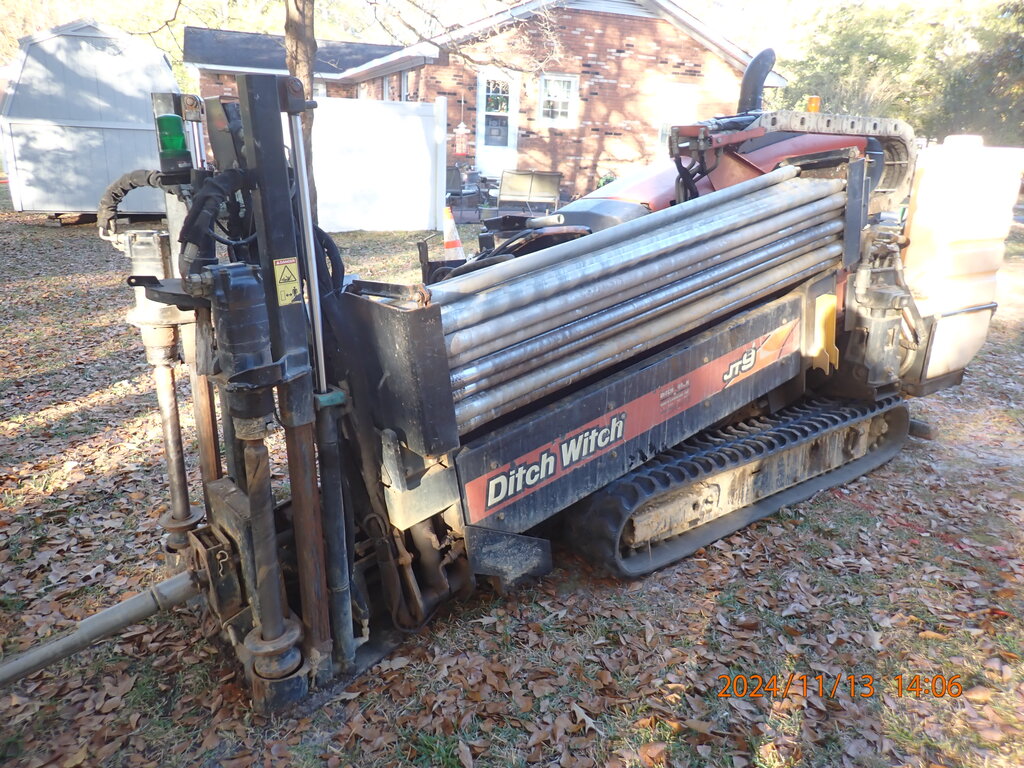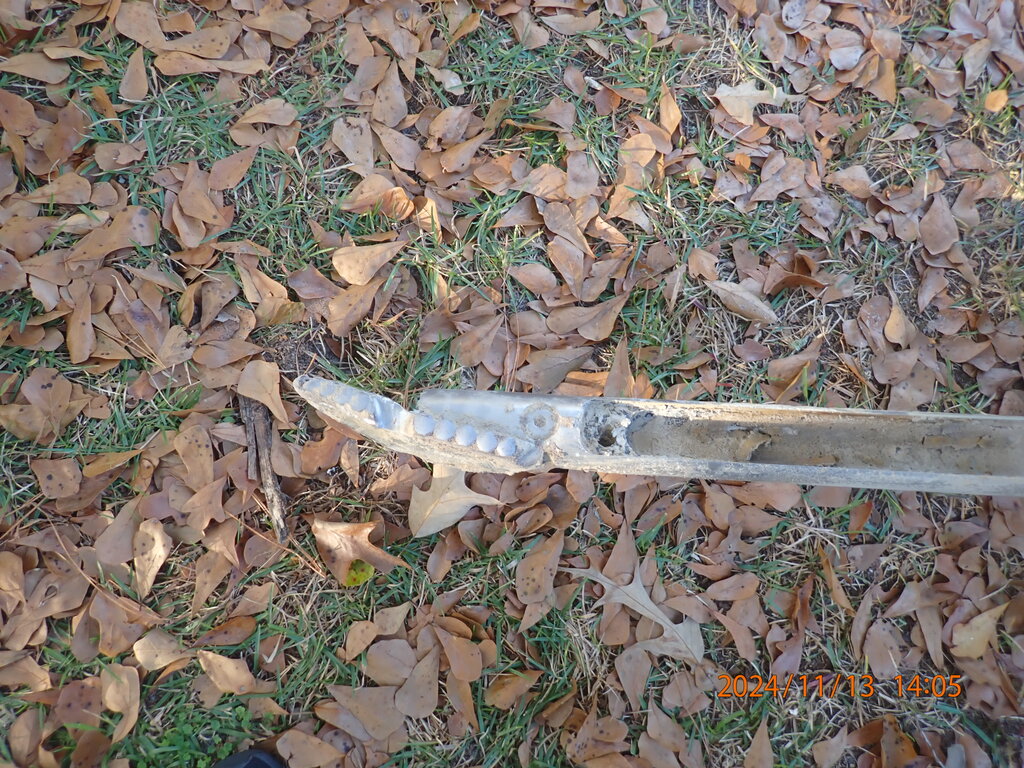13 novembre 2024
Aux USA, le pays qui se prétend la démocratie de référence et le pays le plus avancé du monde(???), lentement ils tentent la migration de l’ADSL cuivre vers la Fibre Optique. C’est le chantier que j’ai le plaisir de suivre en Caroline du Nord.
In the USA, the country that claims to be the reference democracy and the most advanced country in the world (???), they are slowly trying to migrate from copper ADSL to optical fibre. This is the project I have the pleasure of following in North Carolina.

Tête de réseau de la distribution de l’ADSL.
Pas vraiment très moderne, tout ça!
– A gauche l’arrivée du coaxial.
– A droite la distribution vers les utilisateurs.
Head of ADSL distribution network.
Not really modern, all this!
– To the left the arrival of the coaxial.
– Right distribution to users.


- En haut la tête de réseau fibre optique.
- En bas, le point d’entrée de la distribution des fibres
- Above the fiber optic network head.
- Below the distribution input to the user.
En fait, le vrai problème est le passage des câbles. Comment font-ils pour passer les fourreaux sans creuser de tranchées. Celles-ci, les tranchées existent, ils ont bien l’électricité et l’eau courante, même si les habitations utilisent des fosses septiques individuelles.
La réponse est simple, ils forent horizontalement et en retirant la ligne de forage, ils insèrent le fourreau. Facile, mais comment font-ils pour forer et aboutir à la bonne profondeur et au bon endroit ?
In fact, the real problem is the passage of cables.
How do they pass through the ducts without digging trenches. These, the trenches exist, they have electricity and running water, even if the houses use individual septic tanks.
The answer is simple, they drill horizontally and when removing the drilling line, they pull in the ducts. Easy, but how do they drill and reach to the right depth and place?

Comme pour le pétrole, ils utilisent un derrick qui au lieu de forer verticalement, celui-ci fore horizontalement.
Mais comment dirigent-ils le forage ?
As for oil, where they use a derrick that drills vertically, here they drill horizontally.
But how do they guide the drilling?

Le tube tourne, à tout moment la position angulaire est connue. Comme la tête de forage est asymétrique, elle se comporte comme un gouvernail. Il suffit de pousser lorsque l’angle est correct.
Pour guider l’opérateur du Derrick, le chef de chantier dispose d’un détecteur de métal qui donne à la fois la position et la profondeur de la tête. Par gestes, il indique les corrections de poussée à appliquer. Précis et efficace.
The tube rotates, at any time the angular position is known. As the drill head is asymmetrical and behaves like a rudder, a push is applied when the angle is correct.
To guide the derrick operator, the supervisor has a metal detector that gives both the position and depth of the head. By gestures, he indicates the corrections to apply. Precise and effective.
Il est donc probable que d’ici peu, dans cette résidence, ils pourront profiter d’un Internet fiable et rapide. Reste à savoir à quel tarif. Aux US, payer 100$ par mois la connexion cuivre est une pratique courante. Ce tarif est à comparer aux 30€ que je paye pour mon accès Internet/TV en Fibre Optique.
It is likely that in the near future, they will be able to enjoy a reliable and fast Internet in this residence. The question is what price. In the US, paying $100 per month for a copper-ADSL connection is a common practice. This rate must be compared to the 30 € I pay for my Internet/ TV access in Optical Fiber.
